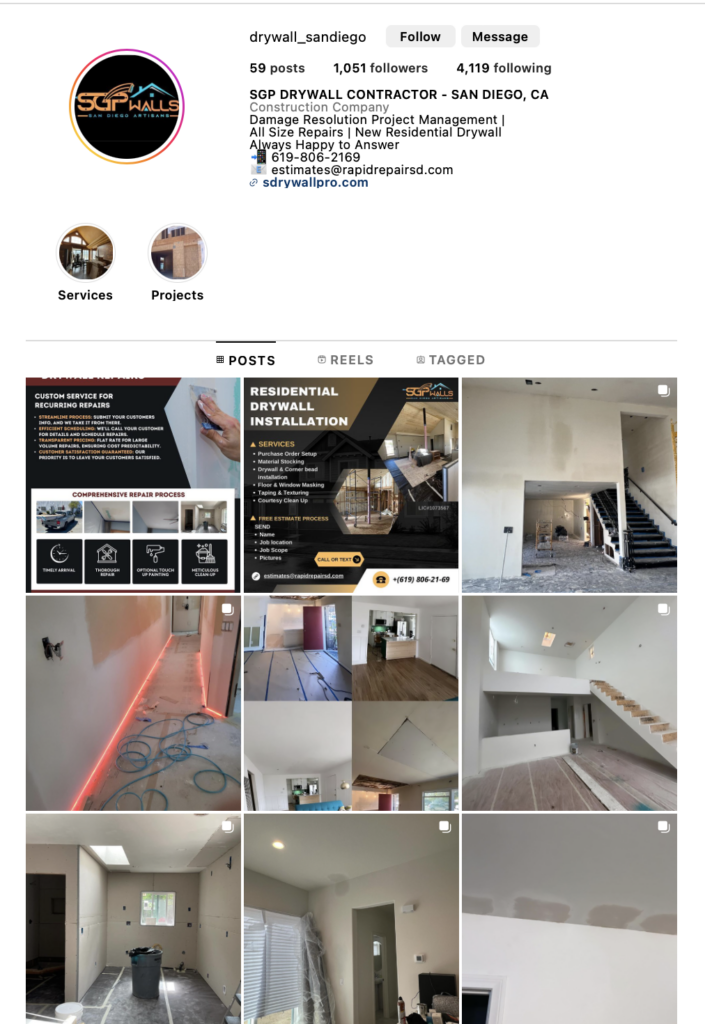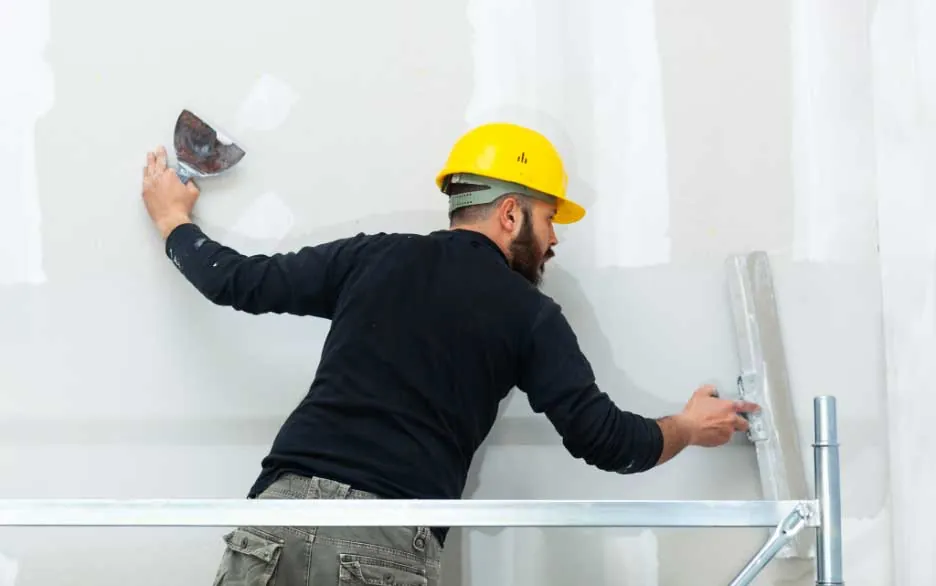Expert Sheetrock Repair Fort Worth for Quick Fixes
Expert Sheetrock Repair Fort Worth for Quick Fixes
Blog Article
Total Guide to Efficient and Reliable Drywall Setup
Drywall setup is a critical part of any building and construction or remodelling task, demanding a careful strategy to ensure both performance and integrity. It is necessary to explore the nuances of each step in the procedure, as they collectively contribute to the general success of the drywall installment.
Important Tools for Drywalling
When starting a drywall installment project, having the right devices is essential for accomplishing a specialist coating. Important devices consist of a drywall knife, tape step, and a T-square, which are fundamental for precise dimensions and smooth cuts. A drywall lift is additionally extremely helpful, especially for ceiling setups, permitting easier handling of heavy panels.
For securing the drywall, a cordless drill and drywall screws are necessary. The drill ought to be furnished with a drywall little bit to make sure performance and accuracy. Additionally, a key tool is the drywall saw, which helps with cutting around various other barriers and electric outlets.

In addition, safety equipment such as shatterproof glass and a dust mask are important to guarantee personal safety throughout the setup process. Using the right devices not just improves the quality of the installment yet additionally enhances the process, making the project extra efficient total.
Preparing the Area

Following, evaluate the problem of the ceilings and wall surfaces. Repair any existing damages, such as openings, fractures, or peeling off paint, to guarantee a smooth and also surface for drywall application. In addition, check for electric outlets, plumbing lines, and a/c ducts, noting their locations to prevent complications during installment.
It is also vital to gauge the area properly, determining the measurements of the wall surfaces and ceilings to determine the appropriate amount of drywall required. Develop a comprehensive strategy that consists of the layout and positioning of the drywall panels.
Installment Techniques
Reliable setup strategies are important for accomplishing a professional coating in drywall projects. Proper dimension and cutting of drywall sheets are essential actions.
When hanging drywall, start from the leading and job downward, ensuring that the lengthy side of the board is perpendicular to the framework. Safeguard the sheets with screws as opposed to nails, which provide higher holding power useful content and lower explanation the risk of popping. Place screws every 12 inches along the edges and every 16 inches in the area of the board.
For edges, make use of edge beads to accomplish sharp, clean edges. When installing on ceilings, make use of a drywall lift or have a companion assist in holding the sheets in place (drywall installation). Preserve a space of regarding 1/4 inch above the floor and ceiling to suit growth and tightening
Finishing Touches

As soon as the tape is in area, it's time to apply the initial layer of joint compound, likewise understood as mud. Utilize a 10 to 12-inch taping knife to spread the compound equally over the taped joints, feathering the edges to mix with the surrounding drywall.
Permit the compound to dry extensively, generally 24 hours. After drying, sand the surface gently with fine-grit sandpaper to eliminate any kind of blemishes. drywall contractor. Repeat the mudding and sanding process, normally a couple of coats, guaranteeing each layer is flush and smooth with the drywall surface
Typical Errors to Avoid
Lots of Do it yourself fanatics come across pitfalls throughout drywall setup that can endanger the final results. One common error is falling short to effectively cut and gauge drywall sheets.
One more regular mistake is inappropriate attachment. Using as well couple of screws or nails can lead to loosened drywall, while overdriving fasteners can cause the paper to tear, deteriorating the structure. It's crucial to keep consistent spacing, generally every 16 inches, and to guarantee that fasteners are flush with the surface area.
Moreover, not attending to dampness issues prior to setup can cause mold development and structural damages. Always evaluate the setting and usage moisture-resistant drywall in high-humidity areas.
Verdict
Trusted and efficient drywall setup calls for precise attention to information throughout the procedure. Avoiding typical blunders better adds to an expert result, underscoring the significance of precision and method in successful drywall projects.
It is vital to explore the nuances of each step in the procedure, as they collectively contribute to the total success Click This Link of the drywall installment.When beginning on a drywall installment project, having the right tools is vital for accomplishing an expert surface.For attaching the drywall, a cordless drill and drywall screws are essential.Appropriately preparing the space is essential for a successful drywall installment.Efficient installation methods are essential for achieving an expert coating in drywall projects.
Report this page